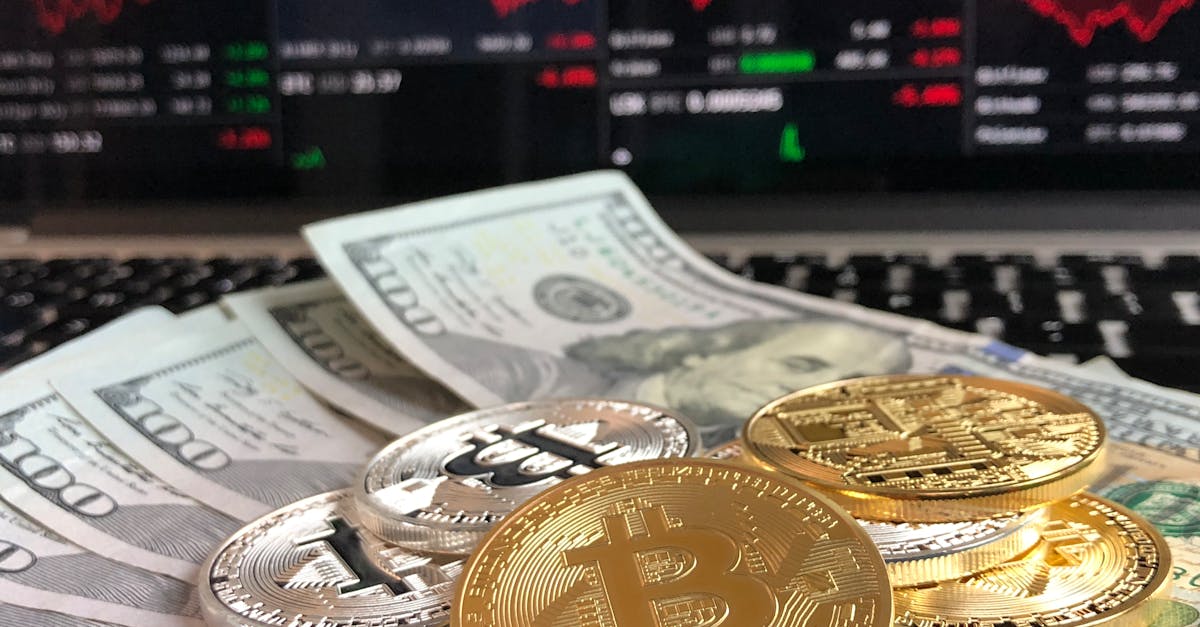The Impact of Central Bank Policies on Global Financial Markets
Central banks wield unparalleled influence over global financial markets, acting as the architects of economic stability—or volatility. From the Federal Reserve’s aggressive rate hikes to the European Central Bank’s bond-buying programs, monetary policies ripple across borders, reshaping investment landscapes, currency values, and consumer behavior. In a world still grappling with post-pandemic inflation, supply chain disruptions, and geopolitical tensions, understanding these policies is critical for investors seeking to protect and grow their wealth. This article explores how central bank decisions shape markets, historical precedents, and actionable strategies to navigate this complex terrain.
1. The Tools of Central Banks: Interest Rates and Beyond
Central banks deploy a suite of tools to steer economies. The most visible is interest rate policy: raising rates to curb inflation or lowering them to stimulate growth. For example, the U.S. Federal Reserve raised its benchmark rate from near-zero in 2022 to 5.25%-5.50% by mid-2023, the fastest tightening cycle in four decades.
Beyond rates, quantitative easing (QE) and yield curve control play pivotal roles. QE involves purchasing government bonds to inject liquidity, as the Bank of Japan did in 2020 to stabilize markets during COVID-19. Conversely, quantitative tightening (QT)—selling assets to reduce money supply—has become a post-pandemic norm, with the Fed shedding $1 trillion annually from its balance sheet since 2022.

2. Historical Case Studies: From the 2008 Crisis to COVID-19
The 2008 financial crisis offers a masterclass in central bank intervention. The Fed’s $4.5 trillion QE program (2008–2014) lowered borrowing costs, revived corporate lending, and propelled the S&P 500 to a 200% gain. Similarly, the ECB’s 2015 QE program saved the eurozone from deflation, boosting equity markets by 15% in one year.
During COVID-19, central banks slashed rates and unleashed $10 trillion in global stimulus. The Fed’s corporate bond purchases in 2020 prevented a liquidity crisis, while the Reserve Bank of India’s rate cuts fueled a 20% surge in housing demand. These actions underscore how central banks act as “lenders of last resort,” but also risk inflating asset bubbles.
3. The Ripple Effect on Asset Classes
Equities
Low rates and QE typically buoy stocks by reducing discount rates and encouraging risk-taking. The Nasdaq soared 45% in 2020–2021 amid ultra-low rates. However, tightening cycles often trigger corrections; the S&P 500 fell 19% in 2022 as the Fed hiked rates.
Bonds
Bond prices inversely correlate with rates. The 2023 U.S. Treasury selloff pushed 10-year yields to 5%, their highest since 2007, eroding bond portfolios. Investors now favor short-duration bonds to minimize interest rate risk.
Real Estate
Cheap mortgages during QE eras fueled housing booms. Canadian home prices rose 50% from 2020–2022 due to the Bank of Canada’s low rates. Conversely, higher rates in 2023 cooled markets, with U.S. mortgage applications hitting 28-year lows.

4. Globalization and Policy Spillovers
Central bank policies don’t operate in a vacuum. The Fed’s rate hikes in 2022 strengthened the U.S. dollar, pressuring emerging markets (EMs) like Turkey and Argentina, where dollar-denominated debt became costlier to service. Meanwhile, the Bank of Japan’s yield curve control weakened the yen, boosting export-heavy industries but straining households via imported inflation.
The ECB’s lagged response to inflation (rates stayed negative until 2022) widened yield spreads between German and Italian bonds, testing the eurozone’s cohesion. Such spillovers highlight the need for coordinated policies—or risk destabilizing weaker economies.
5. Navigating the Storm: Investor Strategies in a Central Bank-Driven World
Diversify Geographically and Across Asset Classes
Allocate to regions with divergent monetary policies. For instance, Japanese equities outperformed in 2023 as the BOJ maintained ultra-low rates.
Hedge with Commodities and Inflation-Protected Securities
Gold surged 25% in 2020–2023 as a safe haven, while TIPS (Treasury Inflation-Protected Securities) shield against unexpected inflation.
Stay Agile with Fixed-Income Ladders
Build bond portfolios with staggered maturities to reinvest at higher rates during tightening cycles.
Conclusion
Central bank policies are double-edged swords: they stabilize economies but also distort market fundamentals. Investors must stay informed, flexible, and diversified to capitalize on opportunities—whether in equities during QE waves or commodities amid inflationary spikes. As central banks grapple with AI-driven productivity gains and climate-related risks, their policies will remain a cornerstone of global finance. By understanding their tools and tactics, you can turn monetary policy shifts from threats into advantages.
(Writer:Laurro)






